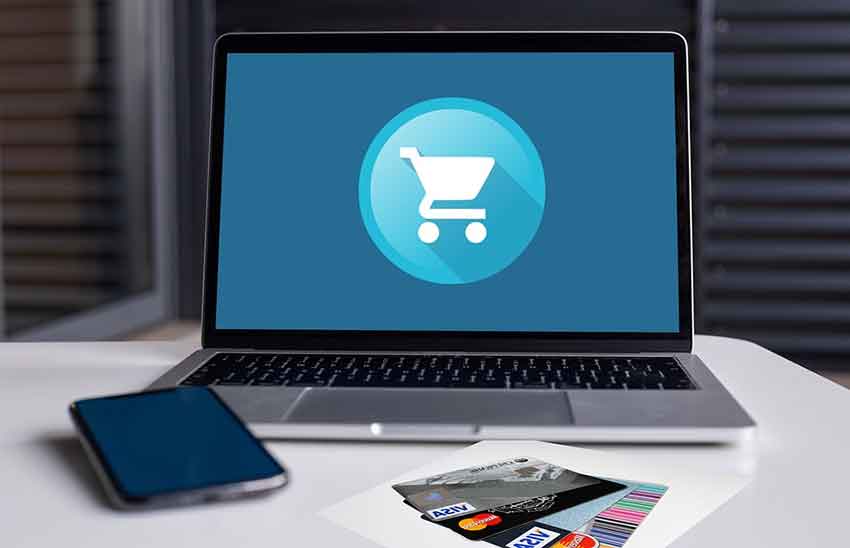Show:
Best Ways To Safeguard Your Business Website From Card Cracking
In businesses, fraud is an unavoidable reality. Today’s con artists almost seldom work alone. Bots are becoming the primary danger to your checkout endpoint.
Bot-driven card fraud is commonly known as carding and card cracking. Fraudsters use credit card bots to test stolen card data. They can look into your payment procedures to find legitimate card details or missing values of the stolen payment card information.

It works like this: a criminal obtains access to stolen credit card details. They next try to make a modest test purchase with each card to see which have lapsed or been reported stolen, and keep note of which purchases are allowed.
When a card is authorized, the fraudster proceeds to make greater transactions in an attempt to extract as much value as possible from the card before it is discovered.
The repercussions?
Payment card theft cost the world $24.26 billion in 2018.
With almost 270,000 reports in 2019, credit card fraud was the most common form of identity theft.
49 percent of customers said they will not return to a store after experiencing card fraud.
Card cracking and carding assaults are more common around major shopping holidays, such as Black Friday, in the hopes that companies and their systems would be too busy to notice unusual traffic and transaction activity.
They’ve gained popularity since the early 2000s, thanks to the proliferation of online carding discussions and marketplaces. The present landscape is dominated by Russian and Chinese carding forums and websites, which are generally invitation-only and administered by organizers who are adept at spotting intelligence operatives or security researchers.
In this article, we will talk about the best ways to safeguard your business website from card cracking. However, before that, let us see how card cracking affects businesses and e-commerce platforms.
How does Card Cracking Affect Businesses?
A carding scam not only affects the individual whose card has been hijacked; your business may also pay a high price if they are targeted.
Credit card charge and payments card-not-present (CNP) levels must be kept under control by retailers. Payment networks such as Visa and Mastercard continue to decrease the chargeback and CNP credit card fraud thresholds while holding merchants accountable with escalating fines and penalties.
Furthermore, if carding assaults are not addressed swiftly, payment processors may deny all transactions, resulting in lost income for the shop.
Not only will the shop have to deal with chargebacks and lost income, but there is also the possibility of long-term harm to the brand’s reputation and consumer loyalty.

How to Safeguard Your Business Website From Card Cracking?
There are several internal changes you may do to lessen your card cracking susceptibility.
You can, for example, enable any AVS and CVV matching functionalities in your online payment gateway.
When fraudsters attempt to use a stolen card, they will see an error notice, discouraging them from making numerous tries with additional stolen cards.
However, it is vital to remember that CVV matching alone would not dissuade most scammers.
With software able of trying hundreds of transactions in seconds and only 1,000 CVV numbers for a particular card, a fraudster may quickly overwhelming force the CVV number if anti-fraud safeguards are not in place.
Of course, the best approach to prevent not only card testing but also a fraud, in general, is to use all of the anti-fraud technologies at your disposal. While CVV matching may not accomplish much on its own, when combined with AVS and 3-D Secure 2.0, you’ve made a decent start on making life tough for any scammers targeting your company.
Unfortunately, no form of fraud protection is flawless, which is why you should have as many anti-fraud solutions as possible.
So, how to detect credit card fraud and prevent it? Here are a few other ways to prevent card cracking at your firm.
- Monitor small order activity
- Keep a check on foreign IP address
- Create a blacklist
- Use a bot detection system

Monitor small order activity
Card testing fraudsters often place a large number of modest orders all at once or in a short period of time. These transactions might be made with the same card or with dozens of different ones. Keep a watch on small-amount orders and investigate any unusual spikes in them. It may very well be card cracking at work.
Keep a check on foreign IP addresses
Foreign IP addresses are being scrutinized more closely. Due to the fact that the bulk of card cracking fraud originates outside the United States, be skeptical of modest orders from other countries; Especially if the postage costs more than the goods themselves.
If you don’t plan on running a global business, you should consider banning all foreign IP addresses just to be cautious.
Create a blacklist
If you suspect someone is testing cards with your company, add their details to a customer blacklist and prohibit them from making any further transactions. Card fraudsters are frequently repeat offenders, perpetrating fraud 3 to 4 times on average.
Use a bot detection system
A strong bot detection system can quickly identify odd visitor behavior that indicates card cracking as well as carding attempts. It will also automatically prevent hostile bots from making fraudulent transactions. Throughout all of these preventive and defensive activities, the user experience for actual human visitors is maintained.
Traditional security solutions are mostly based on IP reputation, with the assumption that any detrimental activity from an IP address suggests that all behavior from that IP is probably malicious.
Today, threat actors disseminate bots using residential IP addresses, which have outstanding reputations and whose queries are identical to those issued by legitimate users. As a result, IP-based techniques are no longer efficient.
For combating carding and card cracking, as well as other computerized bot attacks, a bot security solution with real-time activity detection strategies is essential.
Wrapping Up
That’s all for this article. Hopefully, the tips mentioned here will help you prevent credit card fraud and card cracking. Remember, being oblivious and ignorant to this rampant online fraud activity can cost you thousands of dollars. In fact, it can degrade your market image and harm the security of your customers.
If you have any questions related to card racking, reach out to us via comments.

 Return to Previous Page
Return to Previous Page








